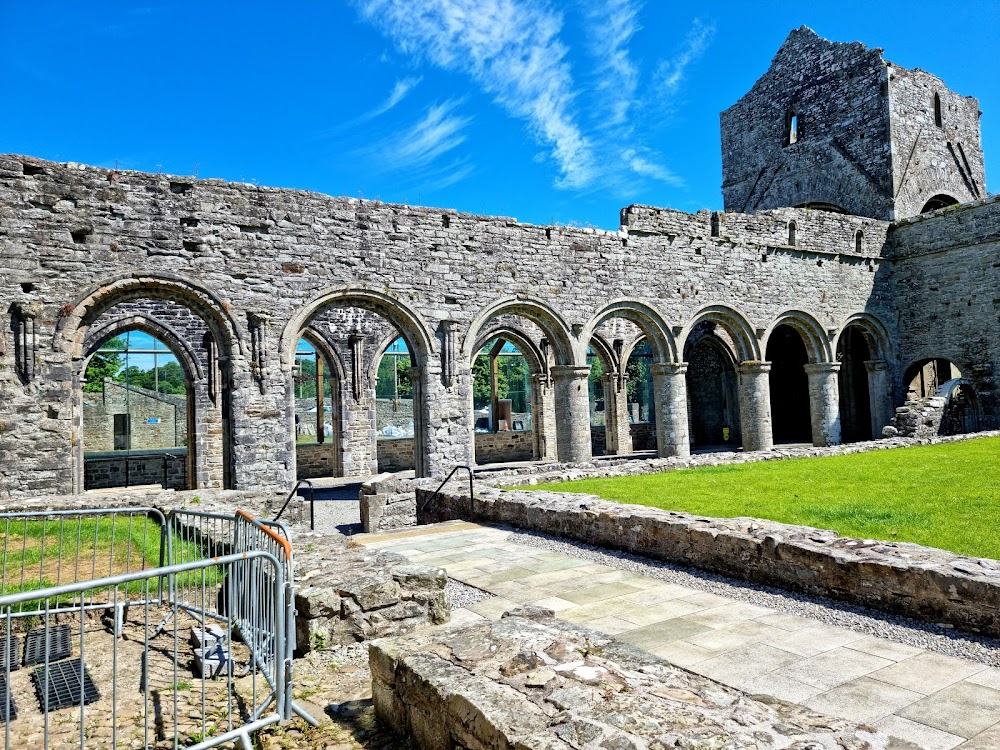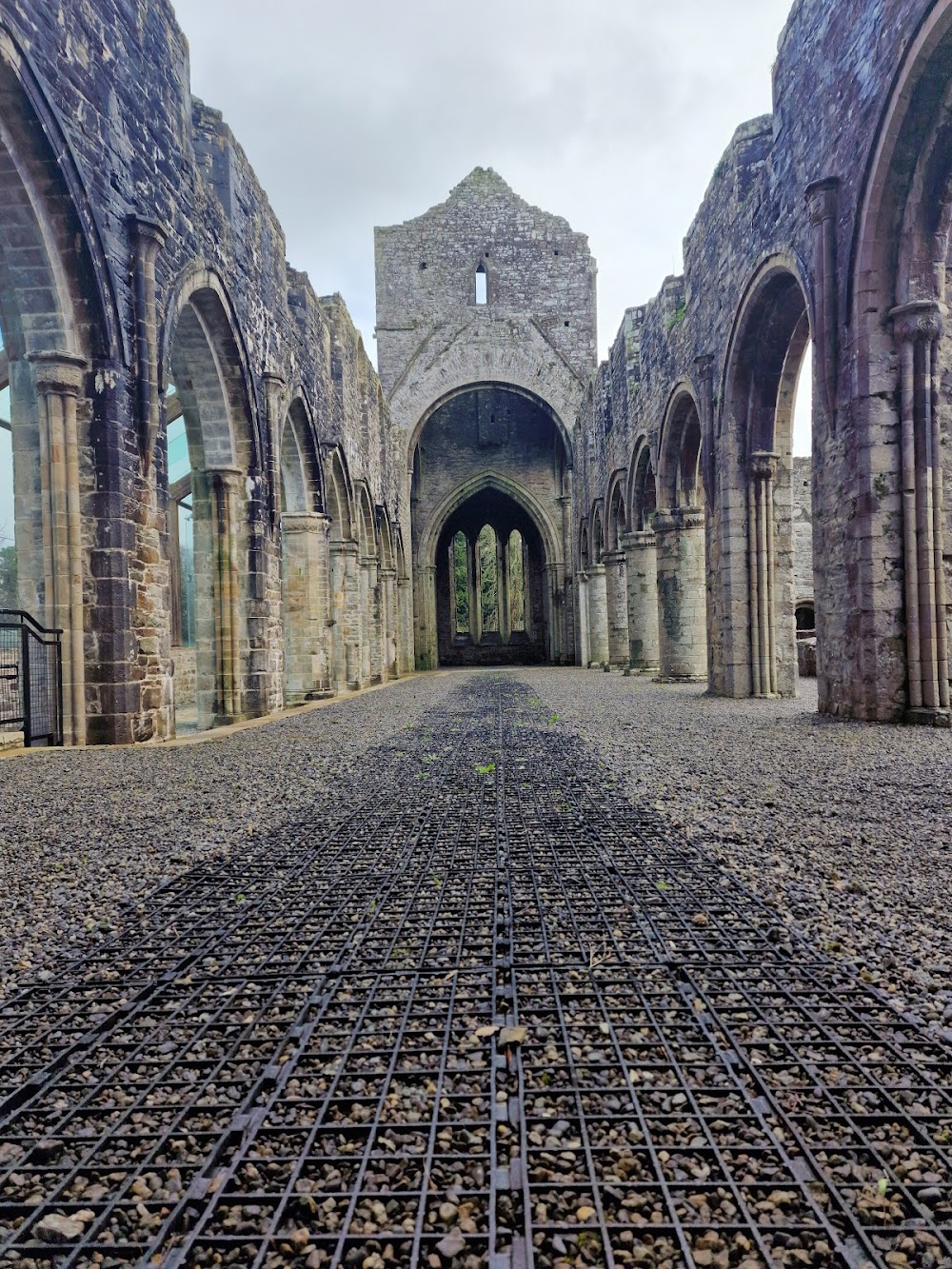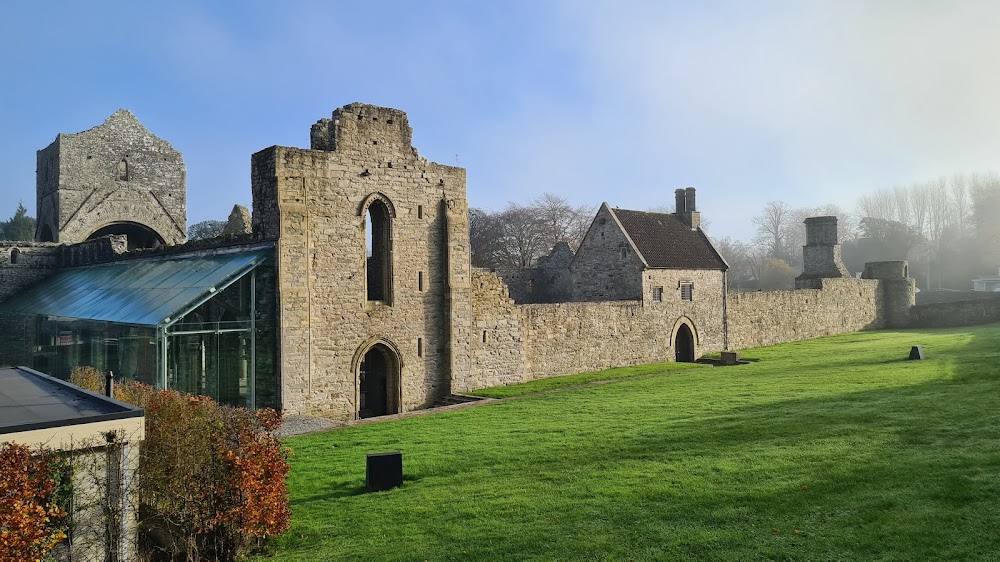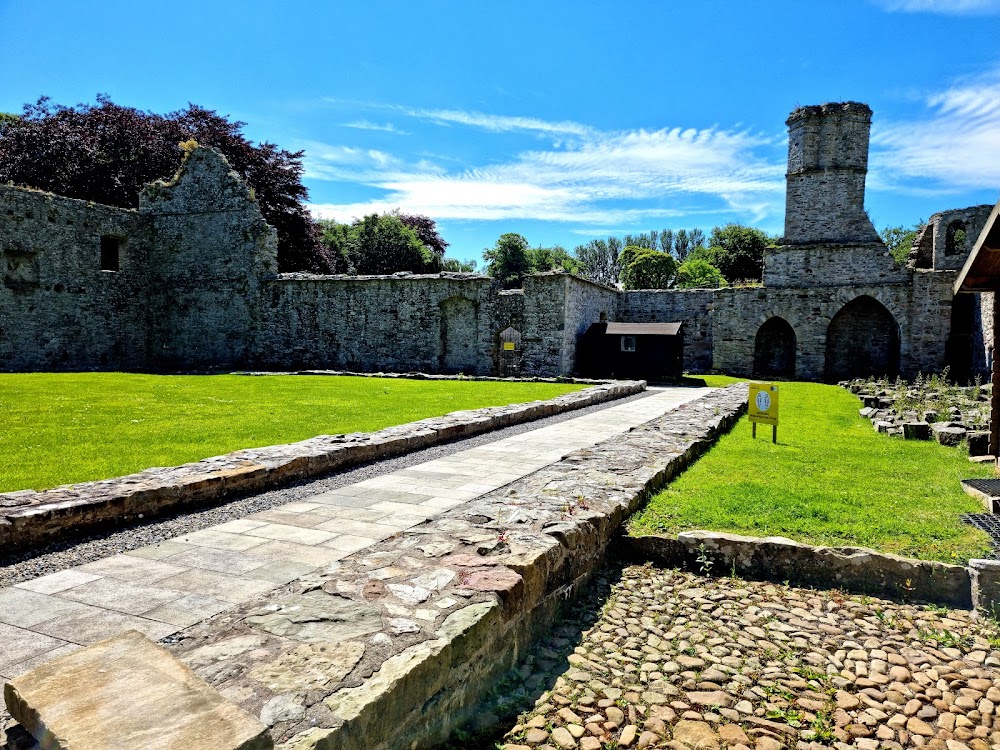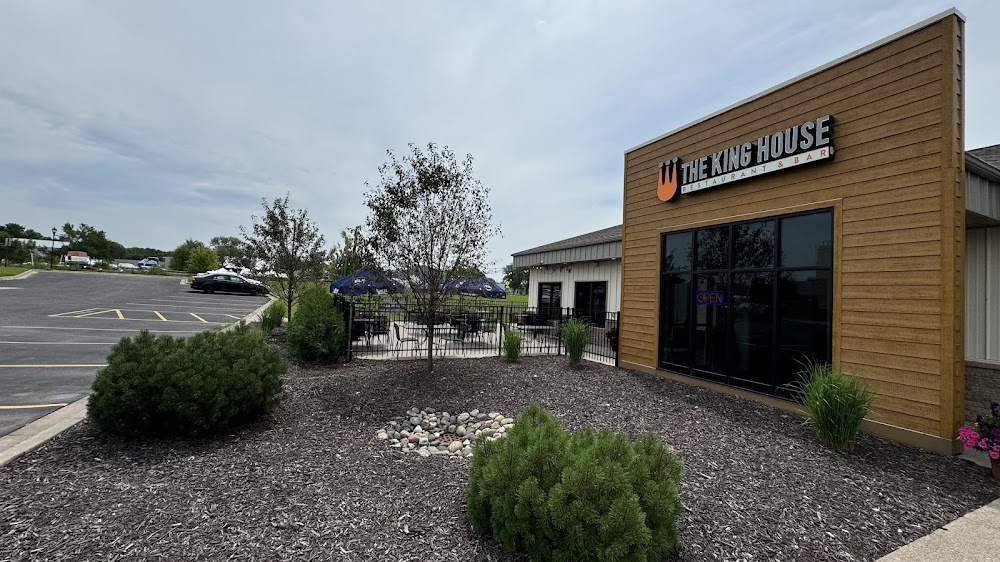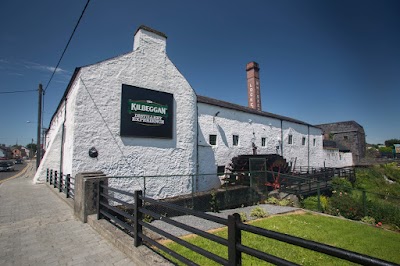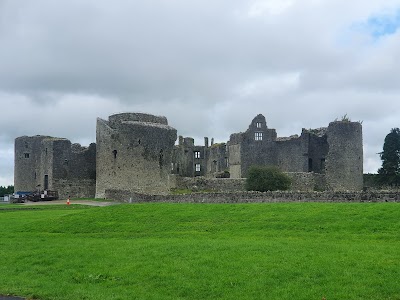Boyle Abbey (Mainistir na Búille)
Overview
**Boyle Abbey: A Glimpse into Ireland's Monastic Heritage**
Boyle Abbey, nestled in the scenic landscape of Roscommon, Ireland, is a stunning remnant of the medieval era that offers visitors an intriguing insight into the country’s rich historical tapestry. Established in 1161 by monks from the Cistercian order, this remarkable site played a pivotal role in spiritual and communal life throughout the 12th century, embodying the ideals of monasticism that flourished during the Middle Ages.
**A Testament to Community and Craftsmanship**
The construction of Boyle Abbey was initiated under the auspices of local chieftains who sought to elevate their status by supporting religious endeavors. Known for their rigorous lifestyle and exceptional architectural prowess, the Cistercians meticulously crafted the abbey, emphasizing simplicity and functionality in its design. Built primarily from locally sourced limestone, the complex features a stunning church, a cloister, and various ancillary buildings that facilitated daily monastic activities.
**Architectural Marvels: The Church and Cloister**
At the heart of Boyle Abbey lies the church, a masterpiece that showcases both Romanesque and early Gothic architectural styles, reflecting the transitional period of its construction. The nave, defined by soaring, rounded arches, leads to a chancel adorned with a breathtaking east window that once glimmered with vibrant stained glass. Adjacent to the church is the chapter house, a gathering place for monks to convene for daily discussions and decision-making.
The nearby cloister, a serene quadrangular space flanked by covered walkways, served as a tranquil sanctuary for meditation and reflection. Anchored by a garden at its center, the cloister connected the church to essential monastic buildings, including the refectory where meals were shared, the dormitory for rest, and workshops for various crafts.
**Historical Trials and Triumphs**
Throughout its history, Boyle Abbey faced numerous challenges, including a significant attack in 1235 amid political upheaval. The abbey experienced periods of decline, particularly during the late Middle Ages when monks were temporarily expelled. Nevertheless, it adapted to changing circumstances and continued to function as a religious center, weathering various reforms and external pressures.
The dissolution of monasteries under King Henry VIII in the 16th century marked a pivotal moment for Boyle Abbey. Its lands and resources were seized, leading to the gradual disbandment of the monastic community. By the early 17th century, the abbey’s buildings were repurposed for military purposes, with defensive structures added to the complex. This military utilization left a lasting imprint, further enriching the abbey's layered history.
**A Heritage Destination for All**
Today, Boyle Abbey stands as a testament to resilience and enduring beauty. Even in its ruinous state, it captivates visitors, inviting awe and contemplation. The site has become a significant heritage destination, drawing travelers from across the globe. Recent conservation initiatives have focused on preserving and stabilizing the remaining structures, ensuring that future generations can appreciate this historical gem.
**Connecting with Ireland’s Rich Past**
Boyle Abbey’s evolution from a serene monastic community to a poignant historical monument encapsulates the diverse narrative of Ireland's past. Each stone tells a story of devotion, conflict, adaptation, and survival—pieces of a grand mosaic that reflect Ireland's complex and beautiful history. Whether motivated by its architectural grandeur or its rich legacy, visitors are invited to immerse themselves in the peaceful atmosphere of Boyle Abbey, a true testament to human craftsmanship and endurance.


